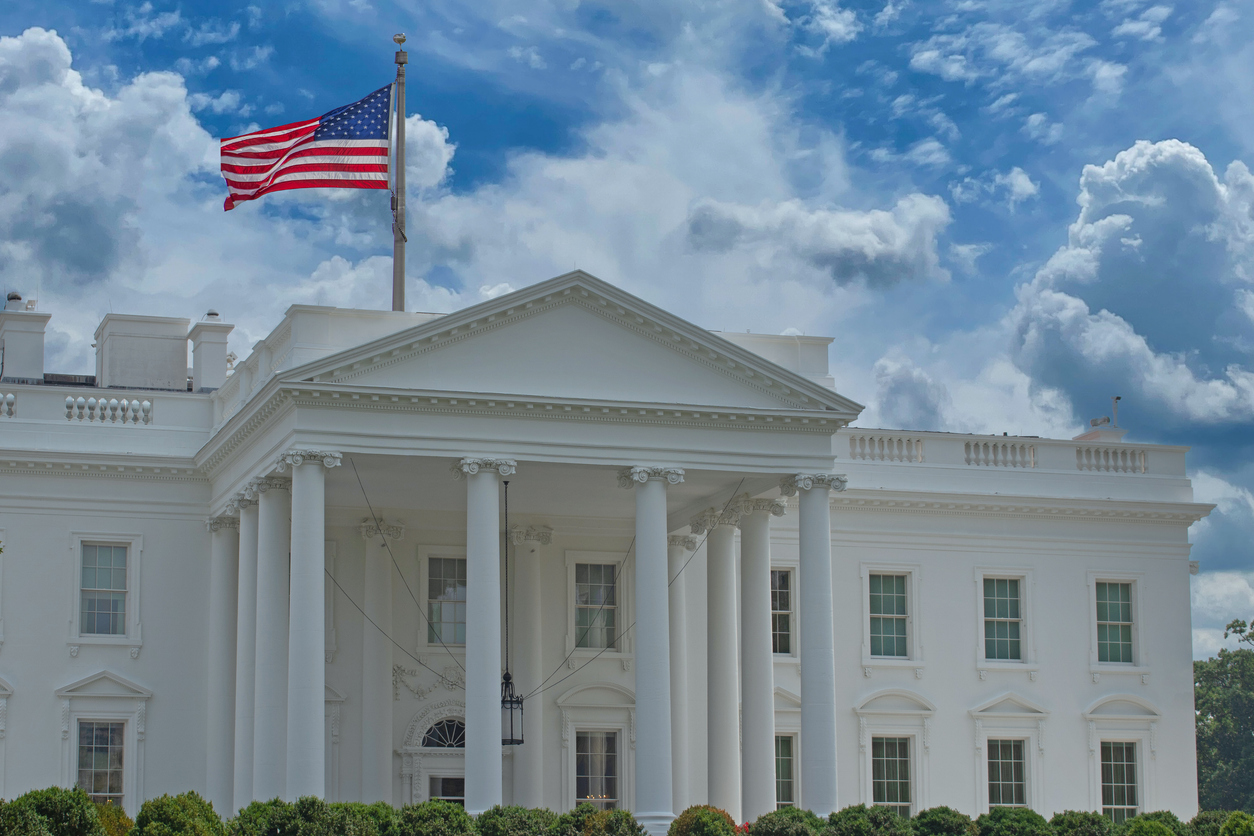What PR pros can learn from Harris’ unique messaging strategy rollout
People matter as much as policies.

Kamala Harris’ introduction as the Democratic Party’s nominee for president has been anything but typical. The rollout of her PR, messaging and media relations strategy has been equally unique.
In the roughly six weeks since replacing President Joe Biden at the top of the ticket, Harris has shied away from media interviews and instead opted for scripted appearances and commercials.
Before last week’s interview on CNN, Harris’ most notable public appearance as presidential candidate was at the Democratic National Convention – a four-day re-introduction of her to the electorate.
Nick Vehr, founder and CEO of Vehr Communications, described the approach as “letting the American public get to know her as a person” – a child of immigrants, an accomplished attorney, a former U.S. senator and the current vice president – as opposed to just a “basket of policies.”
By emphasizing her background, Harris is positioning herself as a “tough, experienced leader who is also relatable and approachable.”
“This is precisely the right strategic decision to make in this divided nation with a compressed decision-making period,” Vehr said, highlighting the fact that Election Day is about two months away.
An abnormal approach to an unusual situation
David Niven, a political science professor at the University of Cincinnati, called Harris’ early messaging a “political Hippocratic Oath” to “not cause harm.”
“She’s taken a fairly conservative strategy in terms of media presence, but she’s capitalized on the fact that merely by being a newly introduced character, the level of interest and enthusiasm… has been a message unto itself,” he said.
Harris’ approach so far isn’t something he’d normally recommend for a presidential nominee. Typically, a candidate wants attention as fast as possible, in all ways possible, Niven said. Instead, the Harris camp has opted to largely avoid earned media opportunities.
Niven defended the strategy as a calculated PR move caused by the circumstances surrounding her candidacy. There’s a great deal of interest and curiosity about her – and in which a lot of the attention her Republican counterpart, Donald Trump, gets is negative – so she doesn’t have the same incentive candidates generally have, he said.
But that approach drew criticism from Republicans and some members of the media who claimed she was dodging questions. Harris’ first major interview, a pre-recorded chat with CNN’s Dana Bash, aired on Aug. 28. It was over a month after she entered the presidential race.
Takeaways from the interview
The sit-down conversation with Bash, Harris and Tim Walz, Harris’ running mate, represented an opportunity to silence many of her critics by answering direct questions about policies, her record and her candidacy.
Harris committed to stronger policies on fracking and immigration policies than during her VP run in 2019, for instance.
In general, the CNN interview positioned Harris as a centrist candidate and as someone who’s willing to work across the political aisle. She even voiced her openness to naming a Republican to her cabinet.
“I think it’s important to have people at the table when some of the most important decisions are being made that have different views, different experiences,” Harris told Bash. “And I think it would be to the benefit of the American public to have a member of my Cabinet who was a Republican.”
Harris delivered a “disciplined and measured” performance during the interview, Vehr said. Poised and authoritative, she exuded confidence – a crucial trait for an aspiring president still unfamiliar to many voters.
The vice president didn’t seem rattled when Bash pushed her about apparent changes to her positions on certain issues. But some of her responses drew criticism, especially her flipping on the issue of fracking, a hot-button issue in the swing state of Pennsylvania.
On the campaign trail in 2019, Harris said: “There’s no question I’m in favor of banning fracking,” according to The Hill. But during the CNN interview Harris noted she didn’t work to ban fracking as vice president and “as president, I will not ban fracking.”
After the interview, an account run by the Republican National Committee posted on X that it believes Harris still supports a fracking ban: “Democrats are having a really tough time spinning Kamala’s position on fracking — which is that she wants to BAN it.”
Harris told Bash “we can increase a clean energy economy without banning fracking” but she didn’t provide much insight into her decision-making.
Like any executive, a politician can change their position on a topic or their approach to a situation, but they need strong reasons to back up the reason to show.
Messaging reflects candidate styles approaches
“Ultimately, people vote their feelings, not facts,” Niven said.
Niven described the Harris approach as the “campaign of good feelings.” That was on full display during the recent Democratic National Convention, which leaned heavily into themes such as “joy,” “unity” and “hope,” the slogan for President Barack Obama’s 2008 run.
That messaging aims to inspire Democrats and undecideds who are still getting to know Harris, Niven said.
By contrast, the Trump campaign is working to highlight all that is wrong with the country – while emphasizing what the country would be like if he were in office again.
The biggest challenge Harris faces is the approach to her time as vice president. Trump and his team will try to burden her with every decision the Biden administration made that might not have gone as planned.
Trump knows his audience, Vehr said, and knows what he does well. The former president continues to be aggressive and direct; he stays extremely focused on small bits of detail that enable people to understand the broader point that he’s making, Vehr said.
Trump’s approach is criticized by many, but “he’s got such strong core support of (his base) that it doesn’t really matter,” Vehr said.
What voters will decide at the polls on Tuesday, Nov. 5 is what version of America they believe their candidate can create for them.
“At the end of the day, it’s not really about the policies, it’s about the person,” Vehr said.
Casey Weldon is a reporter for PR Daily. Follow him on LinkedIn.







